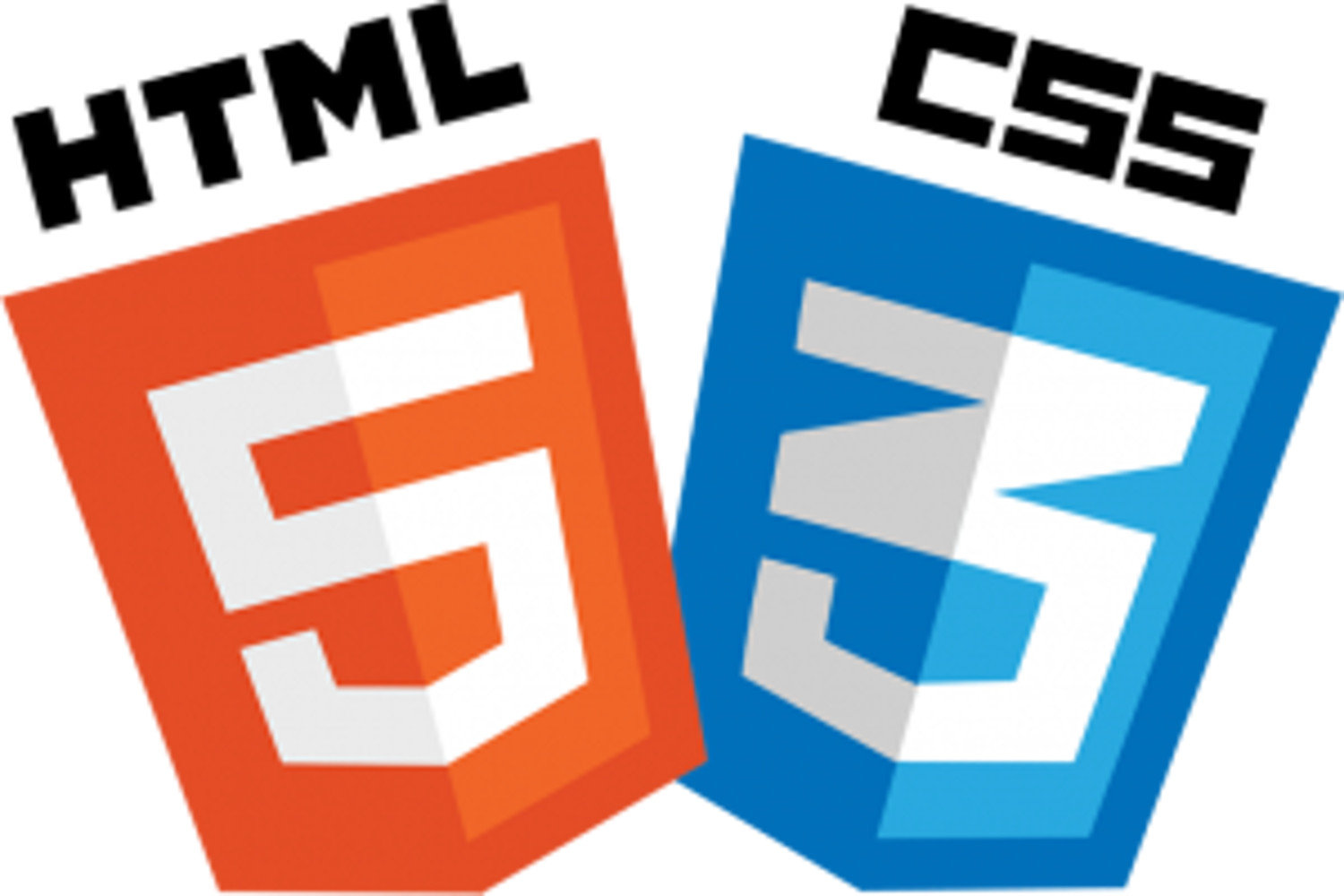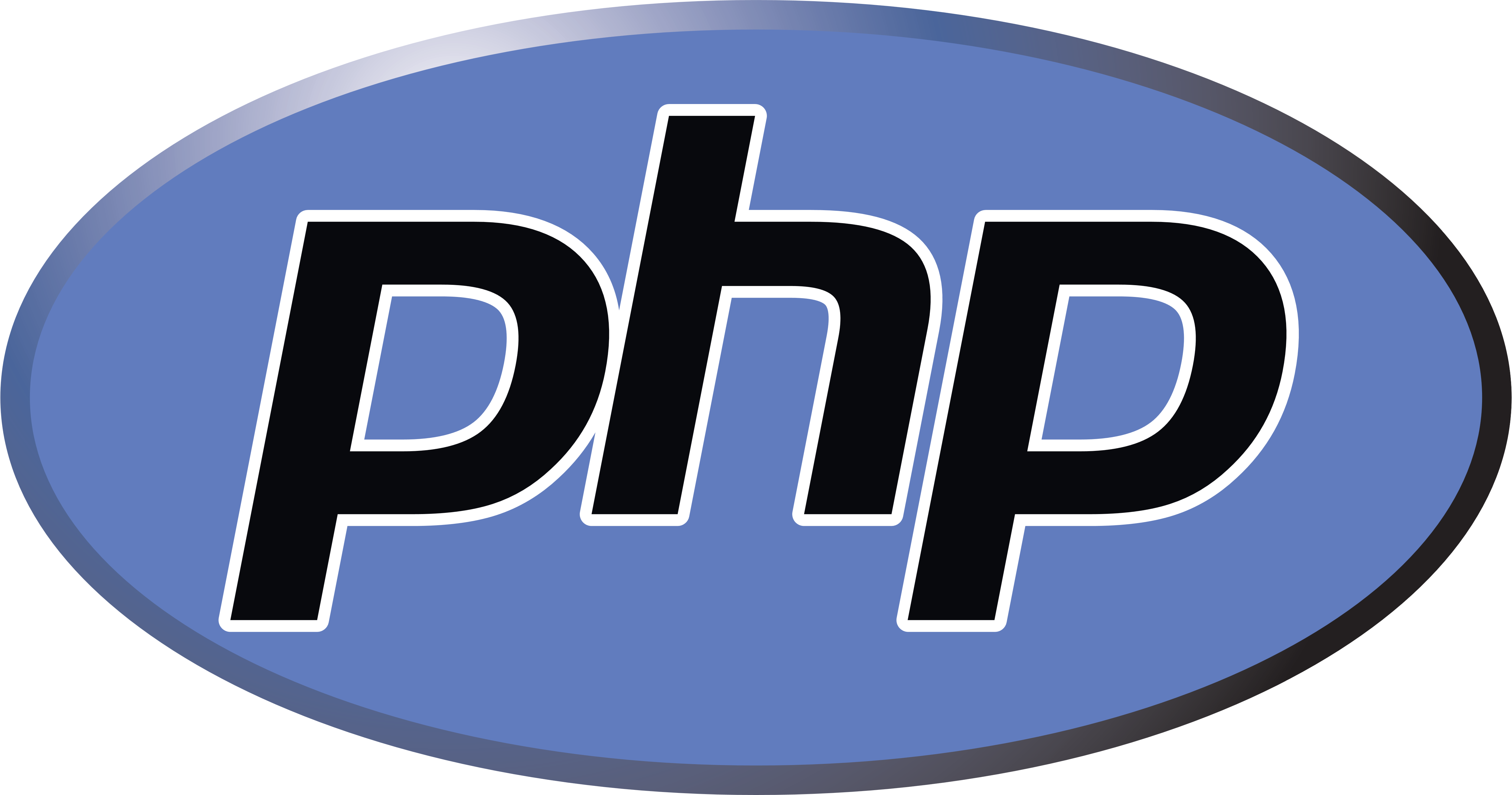Before scrolling for the topic What is boilerplate code? Why & when to use the boilerplate? Let us scroll into what does this concept actually means.
The word originated in the newspaper industry. Print syndicates delivered prepared printing plates to subscribing newspapers in the shape of columns and other items. They were dubb “boilerplates” and their resulting text “boilerplate text” due to their resemblance to metal plates use in the manufacture of boilers.
Boilerplate code is a pre-written programming language that may be reuse on various projects without modification. Programmers can use it to execute a variety of tasks without having to manually code them. In other circumstances, it may perform a function in a roundabout fashion, wasting space and resulting in clumsy, crowded code.
Boilerplate history:
To speed up development, most professional web developers have built a library of assets and code snippets that they reuse on projects. There are several patterns that are universal or almost universal across all websites. Rather than constantly rebuilding them, most developers start by copying and changing the code they used for a previous project. Boilerplate code, sometimes known as “simply boilerplate,” refers to parts of code that are repeat in several places with little to no difference. When programming in a verbose language, the programmer must write a lot of code to get modest functionality. Boilerplate is the term for this type of code.
High-level mechanisms such as metaprogramming (which has the computer write the needed boilerplate code or insert it at compile time), convention over configuration (which provides good default values, reducing the need to specify program details in every project), and model-driven engineering can help to reduce the need for boilerplate.
Even if you’re having success getting your firm off the ground, we understand if the term “boilerplate” makes you scratch your head. It’s neither a scientific instrument nor a kitchen item. A boilerplate is a short piece of writing that you can and should use every time you send a press release or something to be publish on another website or in a publication.
What is a Boilerplate?
Boilerplate code, also known as boilerplate, refers to parts of code that must be use repeatedly with little or no modification. It’s frequently used to describe languages that are deemed verbose, meaning that the programmer needs write a lot of code to accomplish simple tasks.
The term ‘boiler plate’ was popularise by the newspaper industry. Print syndicates distribute various columns and other items, which were given to various subscribers in the form of printing plates. Those plates are similar to the metal plates used in the manufacture of boilers. The flat plates use to stamp generic promotional advertisements that could be submit to several newspapers at once gave rise to the phrase. Without having to set type or create a new plate, newspapers may rapidly insert a boilerplate promotion to fill space.
Programmers that use boilerplate code can reuse it between projects without changing it. Users can visit a code library on some programming sites to get boilerplate code for various projects. Coders can also keep their own reference libraries on hand. Libraries and reference volumes may make boilerplate in a variety of programming languages available.
Boilerplate was cast or stamp in metal and given to newspaper presses and businesses across the United States in the 1890s. Until the 1950s, the Western Newspaper Union, the country’s largest provider, provided this type of boilerplate to thousands of publications. Some businesses also use template press releases, requiring them to be personalize.
Essentially, your boilerplate is a nice bundle that includes a brief history of your firm, a description of your products and services, and a manifesto. Your boilerplate gives readers a strong sense of your identity in only a few phrases. Your contact details should also be include.
Why is boilerplate used?
One of the main advantages of having a well-written boilerplate is that you may use it in every press release you send out. There’s no need to come up with something new every time if you’ve already produced a strong boilerplate. While this may appear to be a lazy tactic. It is an example of when being a little “lazy” pays off. Every day, the persons who decide whether or not to publish a press release receive a flood of questions. However, a well-written boilerplate will distinguish your business as professional and media-savvy. And they will have a clearer idea of who is contacting them.
Names and logos may get hazy, but when people read a well-written boilerplate, it’s clear who they’re dealing with. When your boilerplate is include in a news release, readers will get a solid idea of who you are and how to reach you for further information about your practice. They can simply find your phone number or website even if they don’t read the full blog or article.
Usage:
Take the time to develop and update a boilerplate that concisely provides valuable information, as it needs to be short enough to fit neatly at the bottom of any press release. If the newspaper or blog is online, you should also add a call to action (CTA) that readers can click or manually execute, such as phoning your office or visiting your website. A class is a collection of methods (member functions) and variables in object-oriented programming (data members). These procedure can be thought of as boilerplate rationale. Even though different classes may have different getter and setter methods, they are all similar. Everything in the code below, for example, is boilerplate save the definitions for the automobile.
Why and When to Use Boilerplate Code?
Consistency Across Projects:
Boilerplate code ensures consistency in code structure and design across different projects. Using familiar patterns makes it easier for developers to switch between projects, promoting a standardized approach to development within an organization.
Time Efficiency:
In situations where certain functionalities or structures are commonly used, employing boilerplate code saves time. Developers can leverage pre-established patterns, avoiding the need to recreate the same code repeatedly. This time efficiency becomes especially crucial in fast-paced development environments.
Maintainability:
Boilerplate code contributes to maintainability by offering a clear structure that follows best practices. When updates or changes are required, having a standardized boilerplate rationale makes it easier for developers to understand, modify, and debug code, reducing the likelihood of errors.
Scalability:
For large projects or applications, boilerplate code can enhance scalability. By providing a consistent foundation, developers can easily extend or modify the codebase without compromising the overall structure. This scalability is essential as projects grow in complexity.
Framework and Library Integration:
Many frameworks and libraries come with their own set of conventions and patterns. Using boilerplate code that aligns with these standards ensures seamless integration and compatibility, allowing developers to harness the full capabilities of the chosen technology stack.
Project Kickstart:
In the initial phases of a project, boilerplate code acts as a kickstart. Developers can quickly establish a foundation for their codebase, focusing on project-specific functionalities rather than spending time reinventing common structures.
Reducing Error Rates:
Standardizing common code patterns through boilerplate code helps reduce the likelihood of errors. By using proven and tested structures, developers minimize the risk of introducing bugs or inconsistencies into the codebase.
Boilerplate in HTML:

Typically, an HTML boilerplate is a collection of files that serve as the foundation for any website and were create by industry experts. Who have dealt with similar issues and don’t want others to have to. HTML documents, basic CSS style sheets, fundamental JavaScript, placeholder images, and documentation on how to use what you’ve just receive are all common file types found in boilerplates for web builds. The most recent version of HTML5 Boilerplate (v7) includes an index.html file containing tags for crucial mobile choices, Google Analytics, and a link to Normalize.css, which helps iron out browser differences. Check out the video on their YouTube site to get a better picture of how HTML5 Boilerplate works.
Normalize.css is the only CSS document include with HTML5 Boilerplate that doesn’t need to be touch. This is the reset document, which ensures that all browsers start on an equal footing with your website. Primary, on the other hand. CSS includes ‘opinionated defaults,’ such as some basic styles for selections. Horizontal rules, pictures, and forms, and item visibility assistance, according to the document. There’s a section set aside for the author’s custom styles (i.e., yours). Or you can build a separate CSS document and attach it to your HTML.
Boilerplate in JavaScript:

The JavaScript Boilerplate is a collection of best practices that use a design pattern (Global Abatement) and defined namespaces to help you safeguard your code. It’s built-in a modular fashion, with certain regularly used utility methods included that you’ll find useful for everyday tasks. It comes with a configuration file in the form of an object literal that may be use to configure it. This framework was create to serve as a ready-to-use template that you may expand upon as needed in your projects, as it cleanly explains the framework and shows how to extend it.
JavaScript Boilerplate is a set of best practices that use a design pattern (global abetment). And namespaces to help us safeguard our code in a modular style with some often-used utility functions. It also includes a configuration file in the form of an object literal.
Boilerplate in Python:

Python-boilerplate places all of your project’s source code in the src/package> folder. This is in contrast to the other common practice of placing Python packages at the root of the source tree. In the long term, we believe that having a distinct src folder is better to organize and maintainable.
Boilerplate in PHP:

First and foremost, your development system must have a variety of PHP libraries installed. All of these are use to ensure that a specific degree of code quality is maintain. Because the application you’re working on will deploy to the share production server. It’s in everyone’s best interests to make sure the code you build is well test before it goes live.
Conclusion:
Boilerplate code (or boilerplate) is a term use in programming to describe pieces of code that may be reuse in other parts of an existing or new program with little or no modification. Boilerplate codes are commonly use to increase programming structure standardization and expertise.
A boilerplate is essentially a textual template that may be use over and over again with very minor or no changes. Legal agreements, such as privacy policies, terms, and conditions, are the most prevalent forms of boilerplate. You may be given a multipage contract, but most of it is boilerplate.
Also read How to Pick Technology stack for Product Development?







